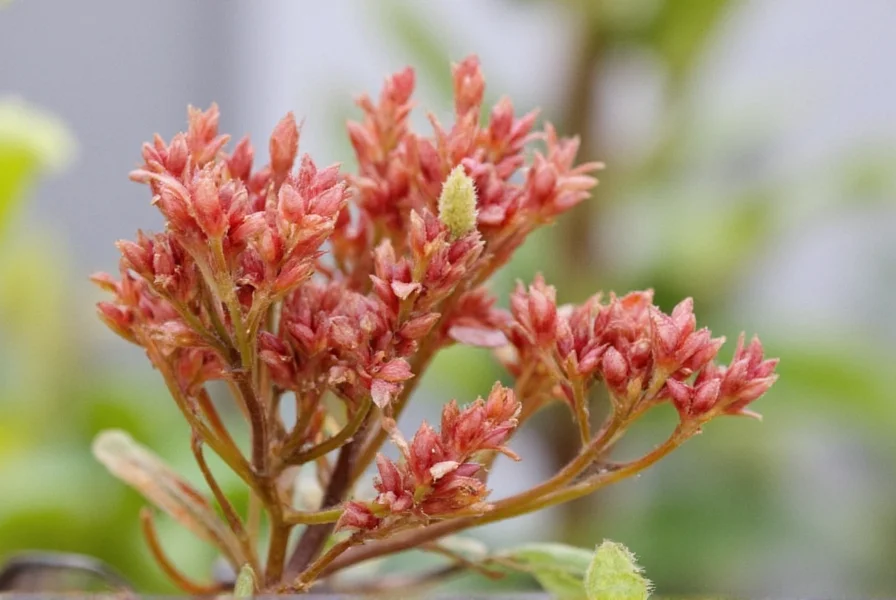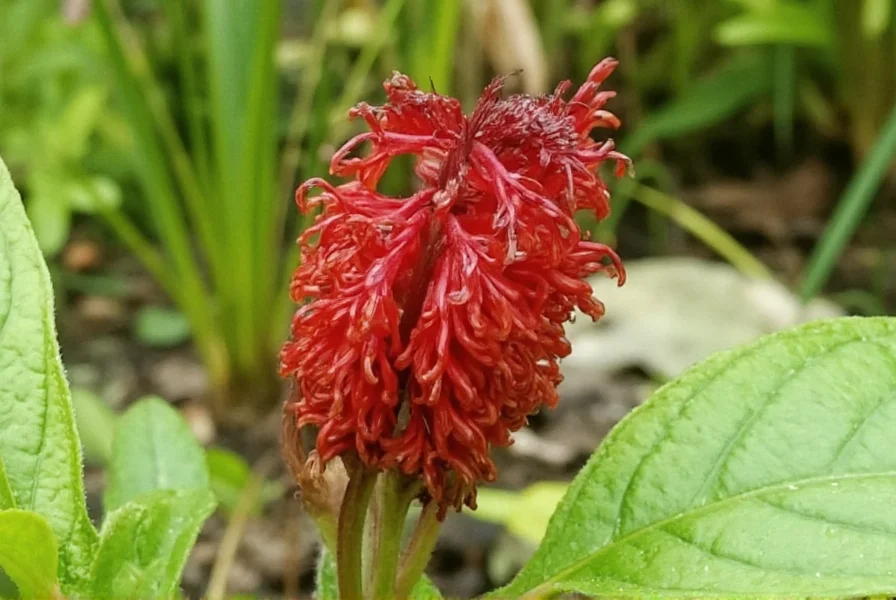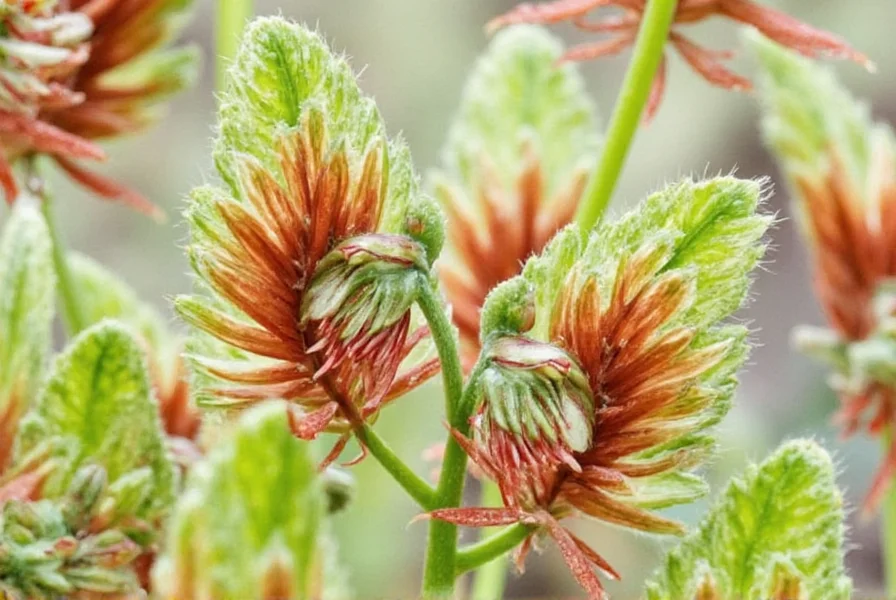Wild ginger 'Pooler' is not a recognized botanical cultivar. The term likely stems from confusion between Asarum canadense (common wild ginger) and either a misspelling of 'poulette' varieties or a reference to Pooler, Georgia's native plant habitats. True wild ginger species thrive in USDA zones 3-8 with specific shade and soil requirements.
When gardeners search for wild ginger pooler, they're typically seeking information about a shade-loving perennial ground cover. Let's clarify this common point of confusion while providing actionable horticultural guidance for North American native wild ginger species.
Understanding the Wild Ginger Misconception
The phrase "wild ginger pooler" creates confusion in horticultural circles. Botanical databases and university extension services don't recognize 'Pooler' as an official cultivar name for any Asarum species. This misunderstanding likely originates from two sources:
- Geographic association - Pooler, Georgia has native habitats where wild ginger (Asarum shuttleworthii) grows naturally
- Linguistic confusion - Mishearing "poulette" (French for 'hen') which appears in some European ginger variety names
True wild ginger refers to North American native species in the Asarum genus, primarily Asarum canadense (Canadian wild ginger) and Asarum shuttleworthii (Georgian wild ginger). These plants feature heart-shaped leaves and distinctive maroon flowers that bloom close to the ground in early spring.

Botanical Characteristics of Native Wild Ginger
Understanding the actual plants gardeners seek when searching for wild ginger pooler information requires examining genuine species characteristics:
| Feature | Asarum canadense | Asarum shuttleworthii |
|---|---|---|
| Native Range | Northeastern US, Eastern Canada | Southeastern US (including Georgia) |
| Leaf Size | 3-6 inches wide | 4-8 inches wide |
| Flower Color | Maroon to purple | Dark maroon |
| Hardiness Zones | 3-8 | 6-9 |
| Soil Preference | Moist, humus-rich | Well-drained, acidic |
Optimal Growing Conditions for Wild Ginger
Whether you're searching for wild ginger pooler growing tips or general cultivation advice, these native species require specific conditions to thrive:
Light Requirements
Wild ginger performs best in dappled shade to full shade conditions. Direct afternoon sun scorches leaves, particularly in southern regions. North-facing slopes or areas beneath deciduous trees provide ideal light conditions for successful wild ginger pooler alternative cultivation.
Soil Composition
These woodland plants demand rich, organic soil with excellent moisture retention while remaining well-drained. A pH between 5.5-6.5 works best. Incorporate 2-3 inches of leaf mold or compost when planting to mimic natural forest floor conditions that support healthy wild ginger pooler substitute varieties.
Watering Needs
Maintain consistent moisture without waterlogging. During establishment (first growing season), water weekly if rainfall is less than 1 inch. Established plants tolerate occasional dry periods but perform best with steady moisture - crucial information for gardeners researching wild ginger pooler care requirements.
Landscape Applications and Companion Planting
Though not specifically 'Pooler' varieties, native wild ginger species offer valuable landscaping benefits:
- Erosion control on shaded slopes where turf grass won't grow
- Living mulch beneath trees and shrubs
- Woodland garden foundation in native plant landscapes
- Container gardening option for shaded patios
Excellent companion plants include:
- Hostas (particularly blue varieties)
- Heuchera (coral bells)
- Epimedium (barrenwort)
- Trillium species
- Ferns like Athyrium niponicum

Propagation and Maintenance
Understanding proper propagation methods addresses common queries about wild ginger pooler availability and cultivation:
Division
The most reliable propagation method involves dividing established clumps in early spring. Use a sharp spade to cut sections containing multiple growth points. Replant immediately at the same depth they grew originally. This technique works well for gardeners seeking wild ginger pooler alternative planting solutions.
Seed Germination
Wild ginger produces seed pods that require specific conditions:
- Collect seeds when pods turn yellow-brown
- Sow immediately or store in moist medium at 40°F
- Expect 18-24 month germination period with double dormancy
- Requires both cold and warm stratification cycles
Common Challenges and Solutions
Gardeners often encounter these issues when growing wild ginger species, regardless of searching for wild ginger pooler problems:
Leaf Scorch
Symptoms: Brown, crispy leaf edges
Solution: Increase shade coverage, particularly during afternoon hours. Apply 2-inch organic mulch layer to maintain soil moisture.
Slow Establishment
Symptoms: Minimal spread during first 2-3 years
Solution: Patience required - wild ginger establishes deep rhizomes before vigorous spreading. Maintain consistent moisture and avoid fertilizing.
Slug Damage
Symptoms: Irregular holes in leaves
Solution: Apply iron phosphate bait or create copper barrier. Encourage natural predators like toads and ground beetles.
Wild Ginger in Ecological Landscaping
Native wild ginger species provide significant ecological benefits that address deeper needs behind searches for wild ginger pooler environmental impact:
- Serves as host plant for Pipevine Swallowtail butterfly larvae
- Provides early spring nectar source for native bees
- Creates protective ground cover for woodland ecosystems
- Helps maintain soil structure in shaded areas
- Supports mycorrhizal fungi networks
When incorporating these plants into your landscape, consider their role in creating sustainable, low-maintenance woodland gardens that require minimal intervention once established - valuable information for those researching wild ginger pooler sustainable gardening approaches.
Where to Source Authentic Wild Ginger
Since 'Pooler' isn't a recognized cultivar, focus on obtaining genuine native species from reputable sources:
- Local native plant nurseries (ask for Asarum canadense or regional species)
- University extension programs with native plant sales
- Regional botanical gardens' plant sales
- Specialty nurseries focusing on woodland perennials
Avoid big-box garden centers that may sell non-native ginger varieties unsuitable for naturalizing. When searching for wild ginger pooler where to buy, prioritize nurseries that specify the botanical name rather than cultivar names.
Conclusion
The term "wild ginger pooler" represents a common horticultural misunderstanding rather than a specific plant variety. Gardeners seeking this information would benefit from focusing on authentic native Asarum species that provide excellent ground cover for shaded landscapes. By understanding the actual growing requirements and ecological benefits of true wild ginger varieties, you can create beautiful, sustainable woodland gardens regardless of searching for wild ginger pooler alternatives or specific cultivars.
Is wild ginger 'Pooler' a recognized plant cultivar?
No, wild ginger 'Pooler' is not a recognized botanical cultivar. The term likely stems from confusion between Asarum species and either a misspelling of 'poulette' varieties or reference to Pooler, Georgia's native habitats where Asarum shuttleworthii grows naturally.
What's the best wild ginger variety for shade gardens in the Southeastern US?
Asarum shuttleworthii (Georgian wild ginger) performs best in Southeastern US gardens. This native species thrives in USDA zones 6-9 with its larger leaves (4-8 inches) and tolerance for the region's climate. It's often found naturally in areas around Pooler, Georgia.
How do I properly plant wild ginger in my woodland garden?
Plant wild ginger rhizomes 1-2 inches deep in rich, moist, well-drained soil with pH 5.5-6.5. Space plants 6-12 inches apart in dappled to full shade. Water weekly during establishment. Apply 2 inches of leaf mold mulch to mimic natural forest floor conditions for optimal growth.
Does wild ginger spread aggressively in garden settings?
Wild ginger spreads slowly via rhizomes, typically expanding 2-4 inches annually. It forms dense mats over 3-5 years but rarely becomes invasive. Unlike invasive ginger species, native Asarum varieties maintain well-behaved growth patterns in appropriate woodland garden conditions.
Can I grow wild ginger in containers?
Yes, wild ginger grows well in containers using a mix of 60% potting soil and 40% leaf mold or compost. Choose containers at least 8 inches deep with drainage holes. Keep consistently moist but not waterlogged. Container-grown plants may need winter protection in colder zones.











 浙公网安备
33010002000092号
浙公网安备
33010002000092号 浙B2-20120091-4
浙B2-20120091-4